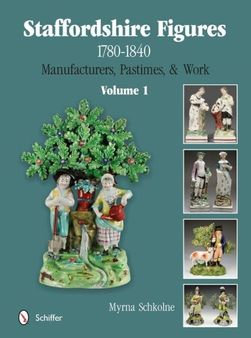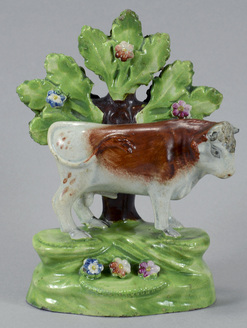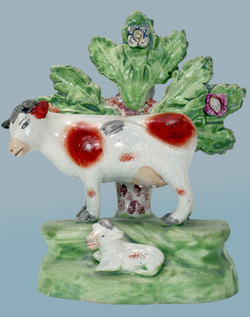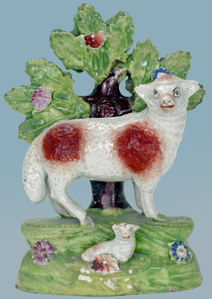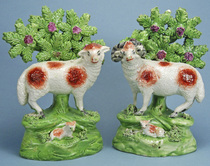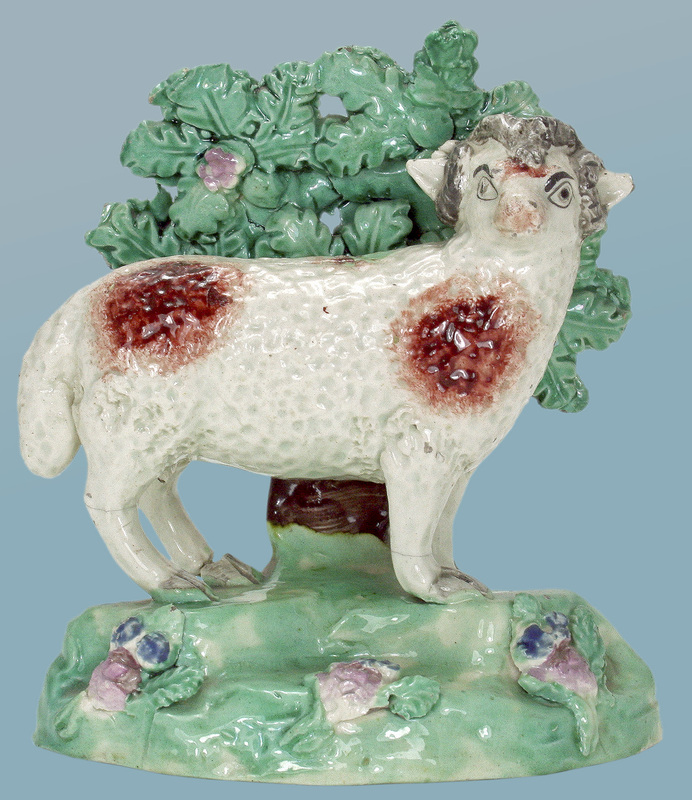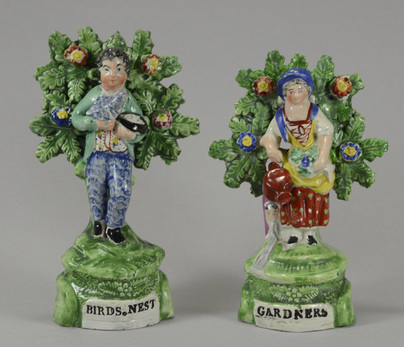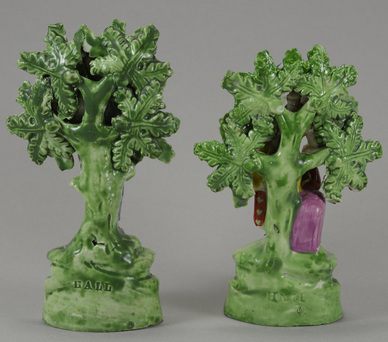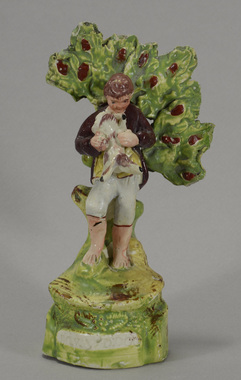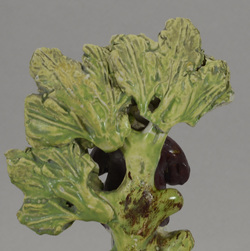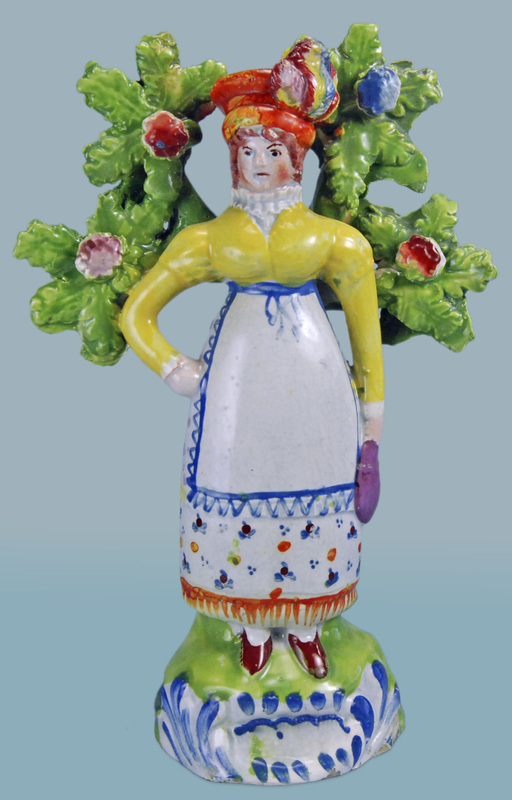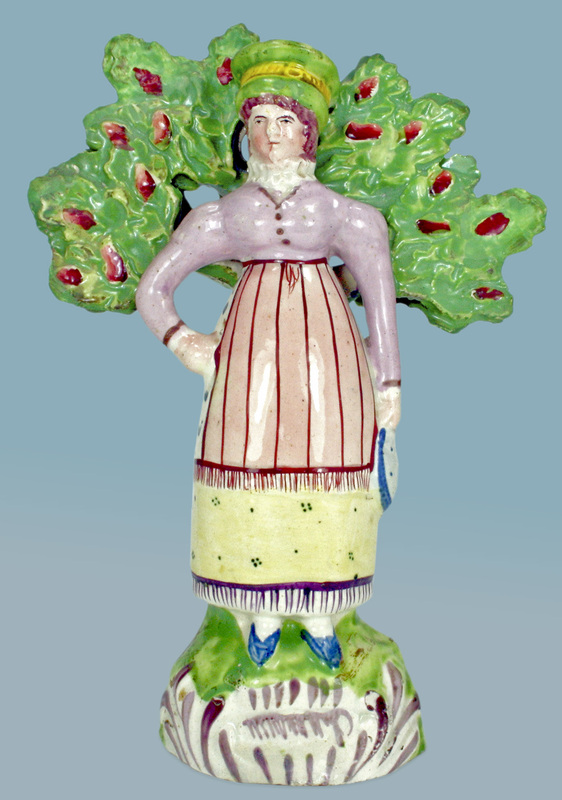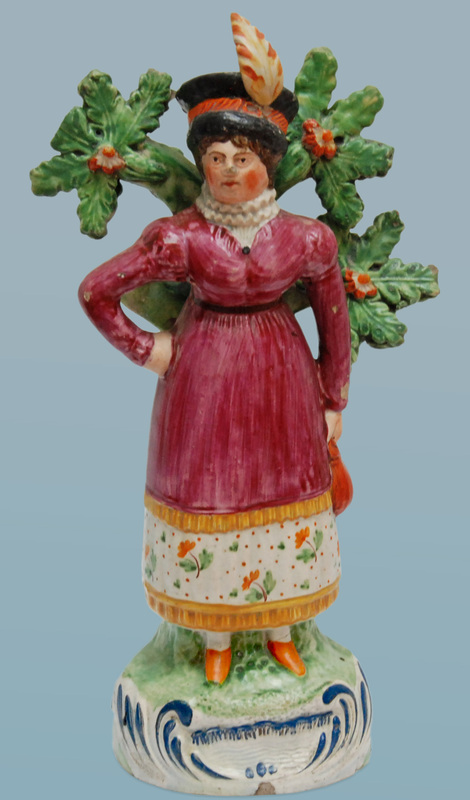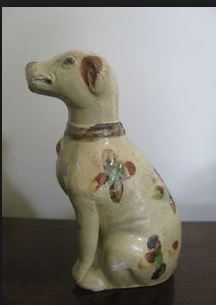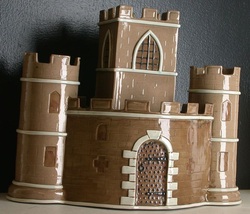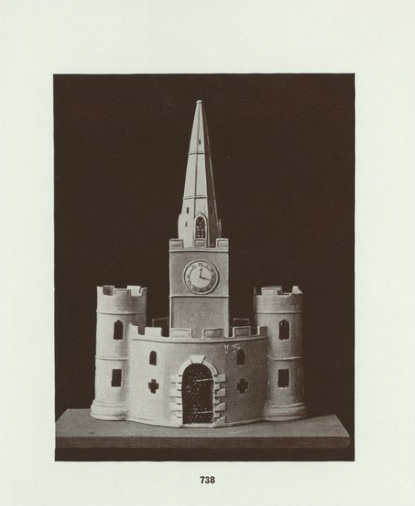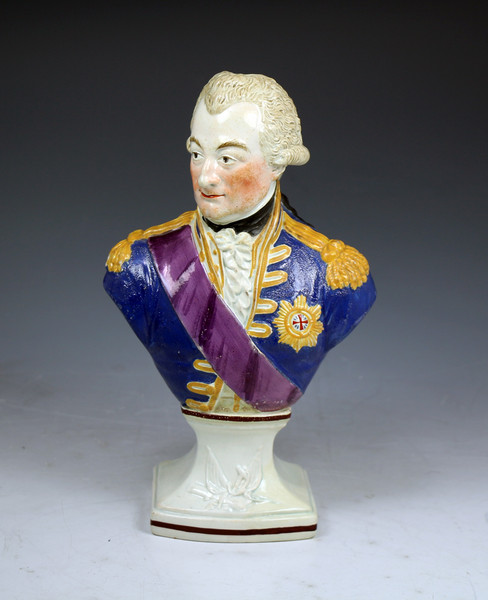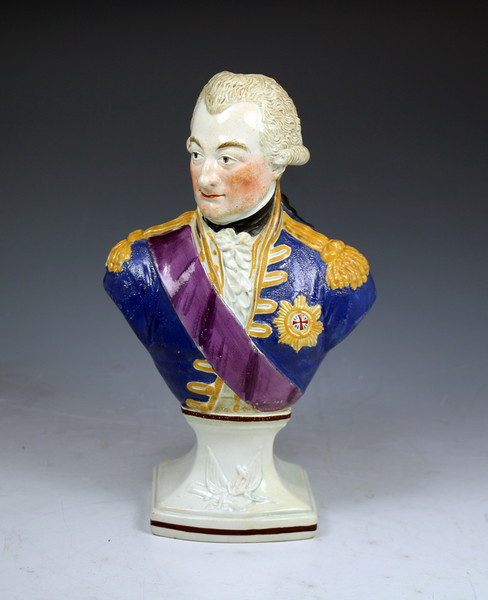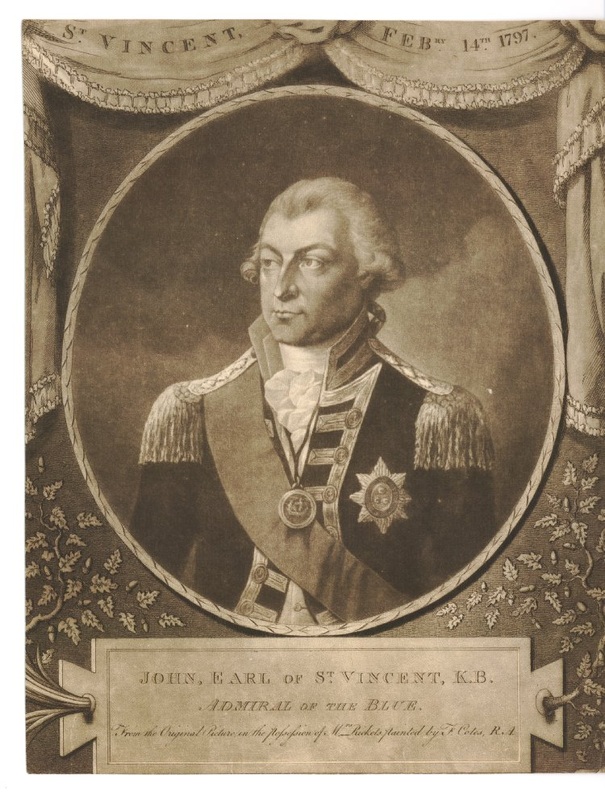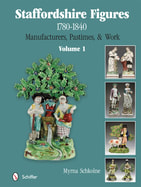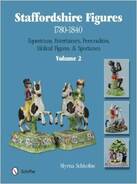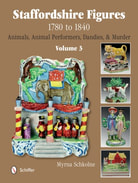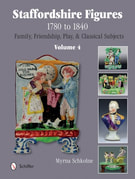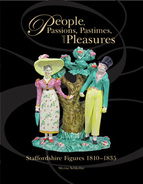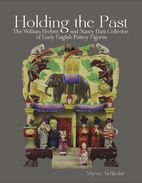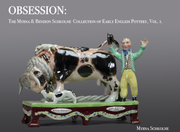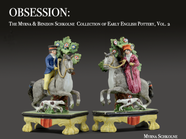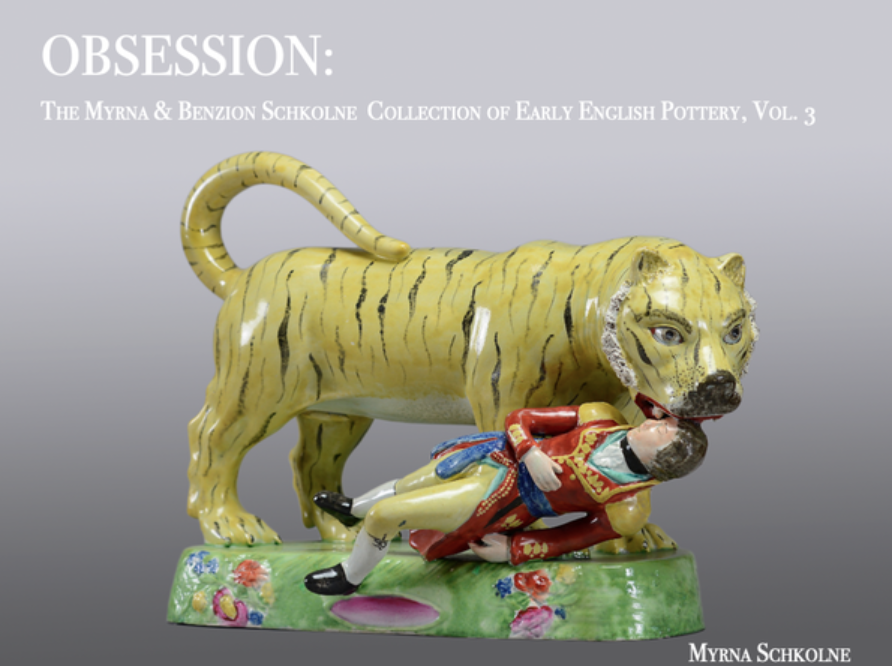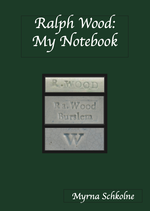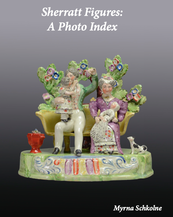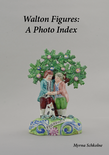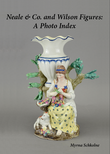Book Description from the Schiffer Catalog
Introducing a comprehensive, multi-volume work that catalogs the enormous range of enamel-painted figures made predominantly in the Staffordshire Potteries between 1780 and 1840, Volume 1 covers figures portraying people's pastimes and work. It includes over 900 brilliant color photos of pottery, as well as information about its makers and design sources and a guide to values. The attributes of all known makers' work are explored, as are those of groups of related figures whose makers remain anonymous. Some figures in this volume portray the pastimes of gardening, reading, and music, while others depict shepherds and shepherdesses, other farm workers, vendors, and people engaged in a host of trades and occupations. Many of these figures are hauntingly beautiful and have long been hidden from the public eye. Fashioned in an era before photography, they give us rare glimpses of a world that has vanished. To hold one is to touch the past.
I believe that if you order from the US Amazon site, shipping to the UK is but a few dollars. Please add your experience as a comment or email me.
